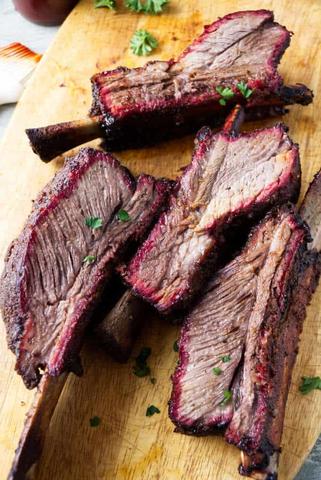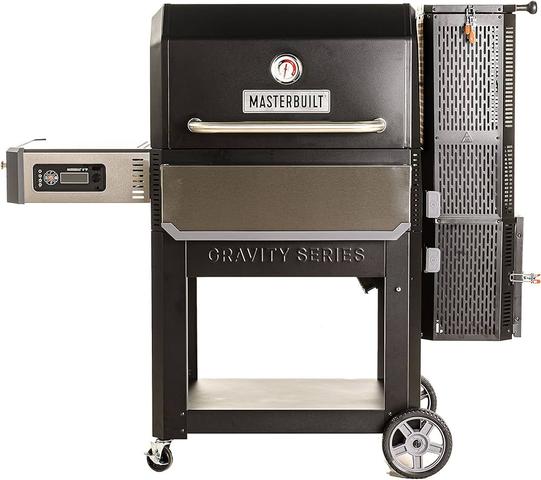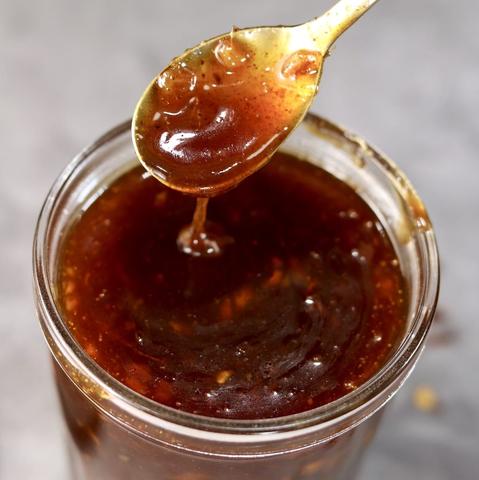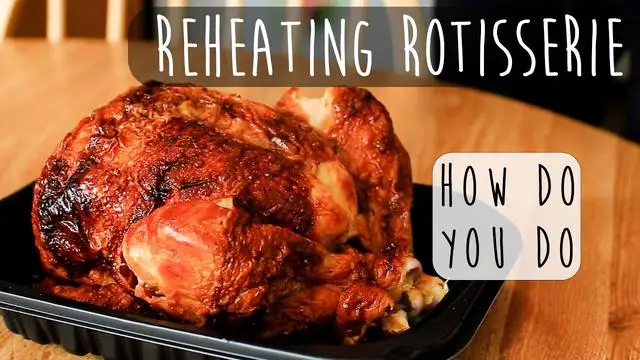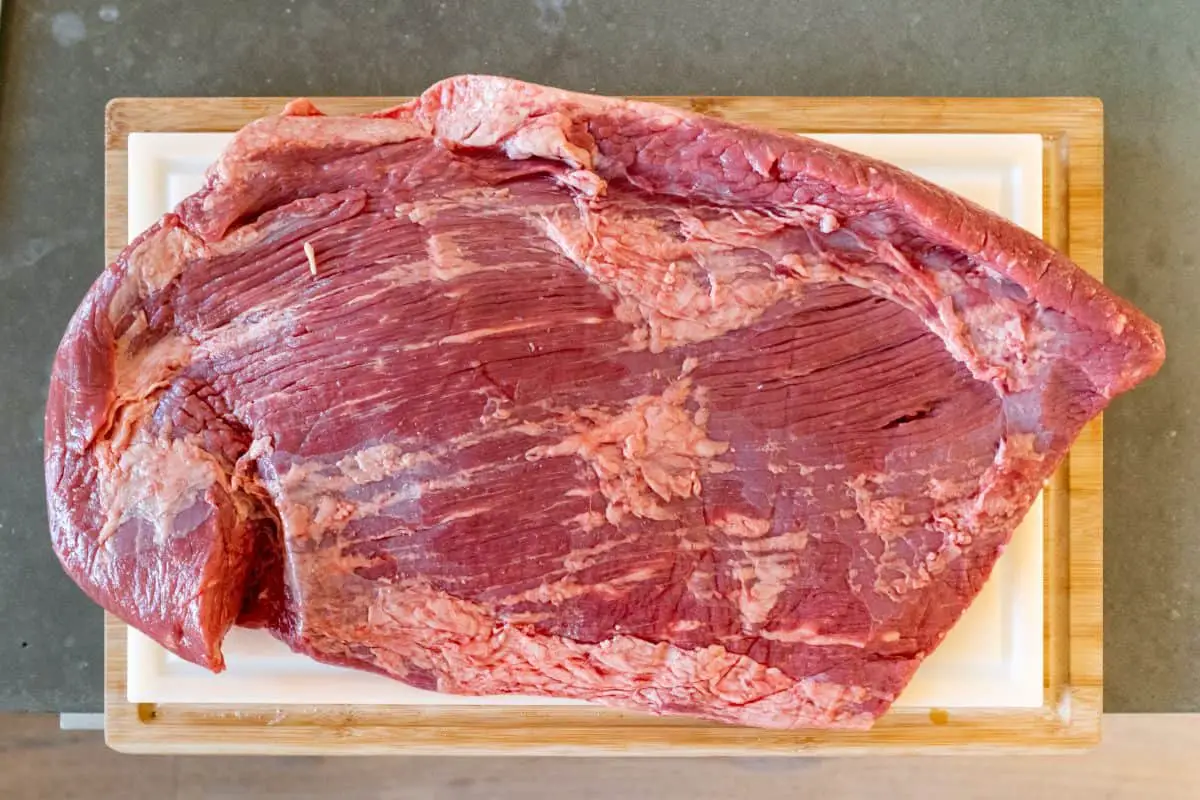
“Unlocking the Secret to Perfect Brisket: Understanding the Importance of Grain Direction for Unparalleled Flavor and Tenderness. Discover the game-changing technique that guarantees succulent, melt-in-your-mouth results every time.”
How to Slice Brisket: Where to Make Your Cuts (With Pictures!)
Slicing brisket is a crucial step that is often overlooked. It is important to slice against the grain and make pencil-thin slices. To start, identify the grain direction of the raw meat. While some suggest cutting perpendicularly to shorten fiber lengths, it is not necessary for backyard barbecue enthusiasts. Cutting brisket on a bias and entirely against the grain will still yield great slices.

After smoking and resting the brisket, begin by slicing at the intersection of the lean muscle and fatty muscle, which occurs at the “slope” portion on the fat cap. Cut the brisket in half at this slope fat transition and then slice each muscle individually. The flat should be sliced into pencil-thin pieces that are roughly 1/4 inch thick, while the fatty can be sliced slightly thicker due to its intramuscular fat content.
The burnt ends from the point are typically sliced into 1-inch cubes. The lean muscle provides traditional slices and flat end cap, while the fatty offers burnt ends from both sides and slices with incredible fat marbling. Remember that slicing against the grain is essential for tender and flavorful brisket.
How to Slice Brisket
Slicing brisket is an important but often overlooked part of the cooking process. To slice brisket correctly, start by cutting against the grain. The grain refers to the direction in which the muscle fibers run. It’s easier to identify the grain when the meat is raw, so you can even take a photo before cooking to help you remember. While some suggest cutting perpendicular to shorten fiber lengths, it’s not necessary for backyard barbecuing. Cutting brisket on a bias and entirely against the grain still produces great slices.
After smoking and resting your brisket, start by slicing at the intersection of the lean muscle and fatty muscle. This occurs at the “slope” portion on the fat cap. Cut the brisket in half at this point, creating two separate muscles – one lean and one fatty. Traditionally, the flat muscle is sliced into pencil thin pieces that are roughly 1/4 inch thick. The fatty muscle can be sliced slightly thicker due to its higher fat content.
The Texas Turn refers to turning the point muscle to slice in the opposite direction of the flat muscle since their fibers run differently. From the fatty side, you can also get burnt ends from both sides of the brisket, which are often considered a delicacy.
What is the Grain Direction of Brisket?
The grain direction of brisket refers to the direction in which the long strands of muscle fibers form. These muscle fiber bundles are thick and well-defined in a working muscle like brisket. It is easier to identify the grain direction when the meat is raw, and it doesn’t change even after it is cooked. Slicing against the grain is crucial in order to achieve tender and easy-to-chew slices of brisket.
Slicing against the grain helps to shorten the fiber lengths, making the brisket more tender and easier to eat. Unlike steak, which gets its juiciness from free moisture content, brisket gets its juiciness from collagen gelatinization and fat rendering during smoking. Therefore, slicing against the grain allows for maximum tenderness and helps retain the flavorful juices within each slice.
To slice brisket, start by cutting at the intersection of the lean muscle and fatty muscle. This occurs at the “slope” portion on the fat cap. Then, you can slice these two muscles individually – with the lean being sliced into pencil-thin pieces that are roughly 1/4 inch thick, while the fatty can be sliced slightly thicker due to its intramuscular fat content. For burnt ends from the point, they are typically sliced into 1-inch cubes. It’s important to keep in mind that while slicing against the grain is recommended, being precise about cutting perpendicular to it isn’t necessary for backyard barbecuers.

Where to Start Slicing
When it comes to slicing brisket, the first place to start is at the intersection of the lean muscle and the fatty muscle. This point is usually found at the “slope” portion on the fat cap. By cutting at this spot, you will have two pieces of meat that are cut in opposite directions. It’s important to note that this does not need to be an exact measurement, but rather a general area to begin slicing.
Traditionally, the flat part of the brisket is sliced into pencil-thin pieces that are roughly 1/4 inch thick. This allows for maximum servings and ensures that the slices hold together well. On the other hand, the fatty part of the brisket can be sliced slightly thicker due to its higher fat content. If sliced too thin, the pieces may fall apart under their own weight.
The Texas Turn refers to turning the point muscle of the brisket to slice it in the opposite direction of the flat muscle. This is because the muscle fibers run in different directions in these two parts of the brisket. By turning and slicing against the grain in this manner, you can ensure tender and flavorful slices from both parts of the brisket.
In conclusion, when slicing brisket it is important to cut against the grain and make roughly pencil-thin slices. Start by cutting at the intersection of lean and fatty muscles, then proceed with slicing according to your desired thickness for each part of the brisket. Remember that precision is not necessary when it comes to slicing brisket; what matters most is enjoying delicious and tender slices with family and friends.
How Thick Should You Slice Brisket Flat and Point?
When it comes to slicing brisket, the general rule is to make the slices roughly pencil thin. For the flat part of the brisket, which is easier to slice, aim for slices that are approximately 1/4 inch thick. This thickness allows you to maximize the amount of brisket you can serve to your friends and family.
On the other hand, when slicing the fatty part of the brisket, it is recommended to cut slightly thicker slices due to its higher intramuscular fat content. If you slice it too thin, the pieces may fall apart under their own weight as the fat renders. The burnt ends from the point muscle are typically sliced into 1-inch cubes.
Ultimately, how thick you slice your brisket is a matter of personal preference. Just remember to slice against the grain and consider factors such as tenderness and fat content when determining the thickness of your slices.
Cutting Brisket Flat Against the Grain
When slicing the brisket flat, it is important to cut against the grain. The grain refers to the direction in which the muscle fibers run. By cutting against the grain, you ensure that each slice of meat is tender and easy to chew. To determine the direction of the grain, it is helpful to examine the raw meat before cooking it. You can also take a photo of the meat to reference later. While some may argue that cutting perpendicular to the grain can shorten fiber lengths, it is not necessary for backyard barbecuing. By following this method, you can still achieve great slices of brisket.
To begin slicing, start at the intersection of the lean muscle and fatty muscle on the brisket. This point is often located at the “slope” portion of the fat cap. Cut through this area to separate the two muscles. The lean portion should be sliced into pencil-thin pieces that are roughly 1/4 inch thick. The fatty portion can be sliced slightly thicker due to its intramuscular fat content. It is important not to slice too thin as this may cause the pieces to fall apart under their own weight.
When slicing brisket flat, there is no need to be overly concerned with being perfectly perpendicular or precise in your cuts. The goal is simply to slice against the grain and create thin slices that are easy to eat. By following these guidelines, you can enjoy delicious slices of brisket that will impress your friends and family at your next barbecue gathering.
“Texas Turning” the Brisket to Cut the Point
When it comes to cutting the point of the brisket, a technique called “Texas turning” is often used. This involves turning the point muscle to slice it in the opposite direction of the flat muscle. The reason for this is that the muscle fibers in the point run in a different direction than those in the flat. By slicing against the grain of both muscles, you can achieve tender and flavorful slices of brisket.
To perform “Texas turning,” start by cutting your brisket in half at the slope where the lean and fatty muscles meet. From there, you can separate these two muscles and slice them individually. When slicing the point, be sure to turn it so that you are cutting against its grain. This will result in more tender and juicy slices.
In conclusion, the grain direction of brisket plays a crucial role in achieving a tender and flavorful result. Slicing against the grain ensures tenderness by breaking up the muscle fibers, allowing for easier chewing and enhancing the overall dining experience. Remembering this simple technique will help you serve the best-tasting brisket every time.
N/A
Learn More About Grilling
If you want to learn more about grilling, check out these other helpful resources!

